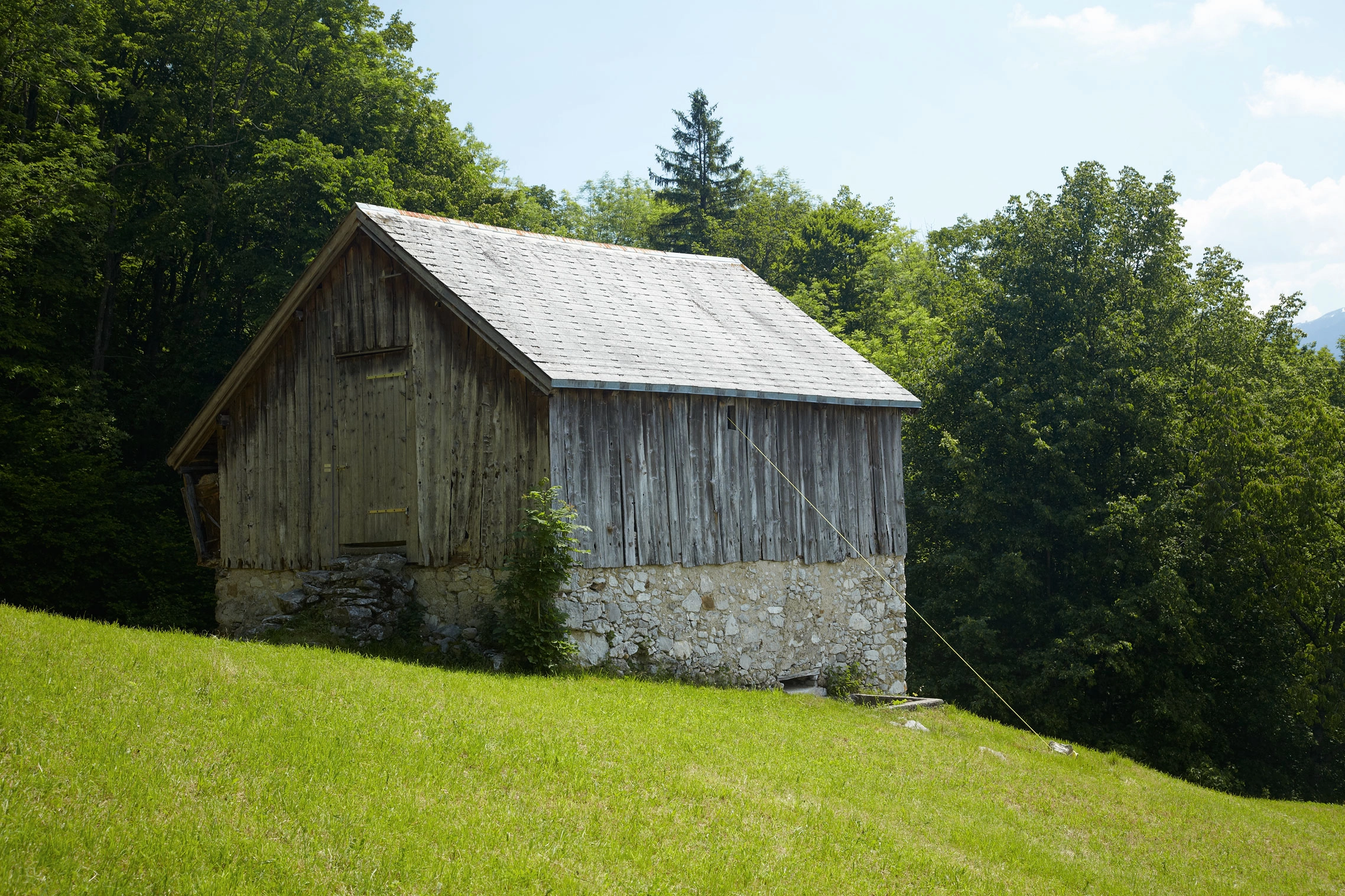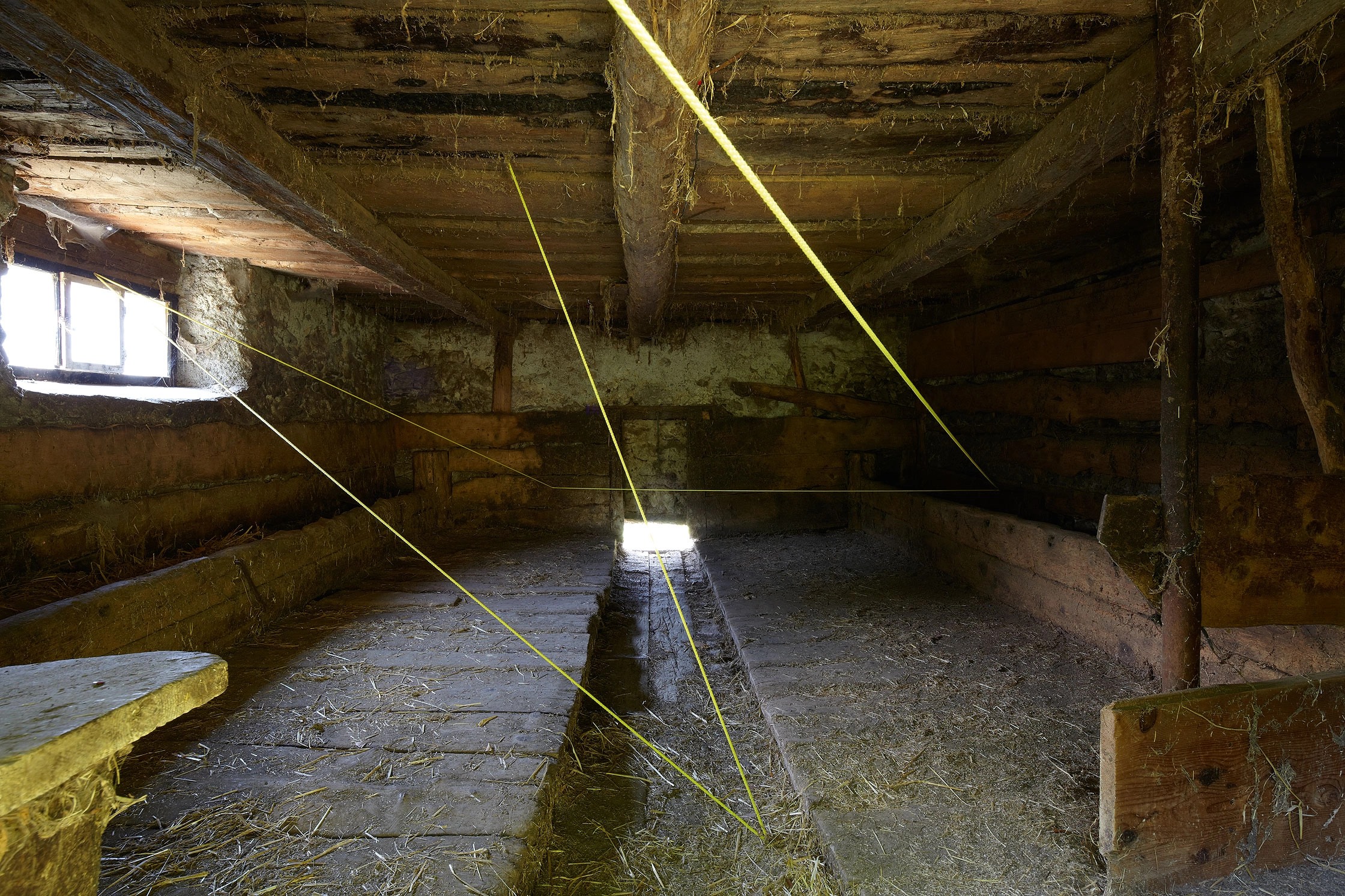Writing for Artforum in 1976, Brian O’Doherty remarked that an empty white room is more characteristic of contemporary art than any modern work. He was the first to subject the much vaunted neutrality of the white space inside galleries and museums to a critical and inspired reading. In his now legendary collection of articles, Inside the White Cube: The Ideology of the Gallery Space, first published in book form in 1986, O’Doherty examines how the history of modern artworks has run more or less parallel to the history of how they are exhibited. The rising interest in exhibition space dates back to the early twentieth century and has continued to resonate in art ever since.
Not only when they make works, but even when they conceive them, artists take into account their later presentation. Both installation art and artistic inquiries into the larger context outside galleries and museums are consequences of this development. O’Doherty, born in Dublin in 1928 and at home in the United States since 1957, belongs to the first generation of conceptual artists. As artist, art critic, filmmaker, and writer, he has closely observed, and written about, changes in contemporary art in the Americas after World War II. Between 1972 and 2008, he used the pen name Patrick Ireland to sign his visual art in protest against British policies in Northern Ireland. In his essay Studio and Cube (2007) he elaborates on some earlier ideas regarding the relationship between work and exhibition venue, understood as the artist’s workplace. O’Doherty details how studios in the nineteenth century became an important motif of artistic self-reflection and how, since Marcel Duchamp, they have at times been viewed as artworks themselves. His generation of artists not only thought about the meaning of the exhibition venue and the studio with respect to their own artistic endeavour, but they also began investigating the potential of art executed outside the museum or gallery. By moving out into public space, they sought to reclaim the lost social relevance of contemporary art both for themselves and their work.
The artist Brian O’Doherty is known primarily for what he calls Rope Drawings. One such work, an installation of ropes strung through the room as if the artist had made a drawing in space, was on view in Amden. The installations are often combined with non-figurative wall paintings. O’Doherty treats painting, drawing, space, and installation as equivalents, and engages with the post-war changes to the social and artistic fabric that led to the involvement of viewers as constituents of the work. In this case, the drawing and the wall painting form a single entity, and space becomes complex or simple depending on the viewer’s position. Visually, the work disintegrates into its parts and is reconfigured depending on where I, the viewer, am standing. Taking a Line for a Walk (2012), the Rope Drawing created in Amden, took viewers, or rather their gaze, into the building through one of the three doors and then out again through a window on the second floor. What they saw was a yellow rope that explored and circumscribed the floor, walls and ceiling of every single room in the building. The rope was pinned onto each of the six surfaces that conventionally describe a room. It was up to the curator to decide how to stretch the rope from room to room and to define its path within each room. The artist never visited the site; the installation was based on a drawing he made to illustrate his idea while talking about it with the curator. In contrast to Duchamp’s installation, Sixteen Miles of String (1942), an installation at the First Papers of Surrealism exhibition in New York that prevented visitors from entering the show, Taking a Line for a Walk guides visitors through the building, activates perception, and confronts them with the present. “Where am I?” is the question we ask ourselves in such an installation. But the rope that guides us in and out of the building again suggests other questions: What do we contribute to the exhibition and what do we take away with us when we leave?
– Roman Kurzmeyer

 Images
Images
 Info
Info




 Next Exhibition
Next Exhibition